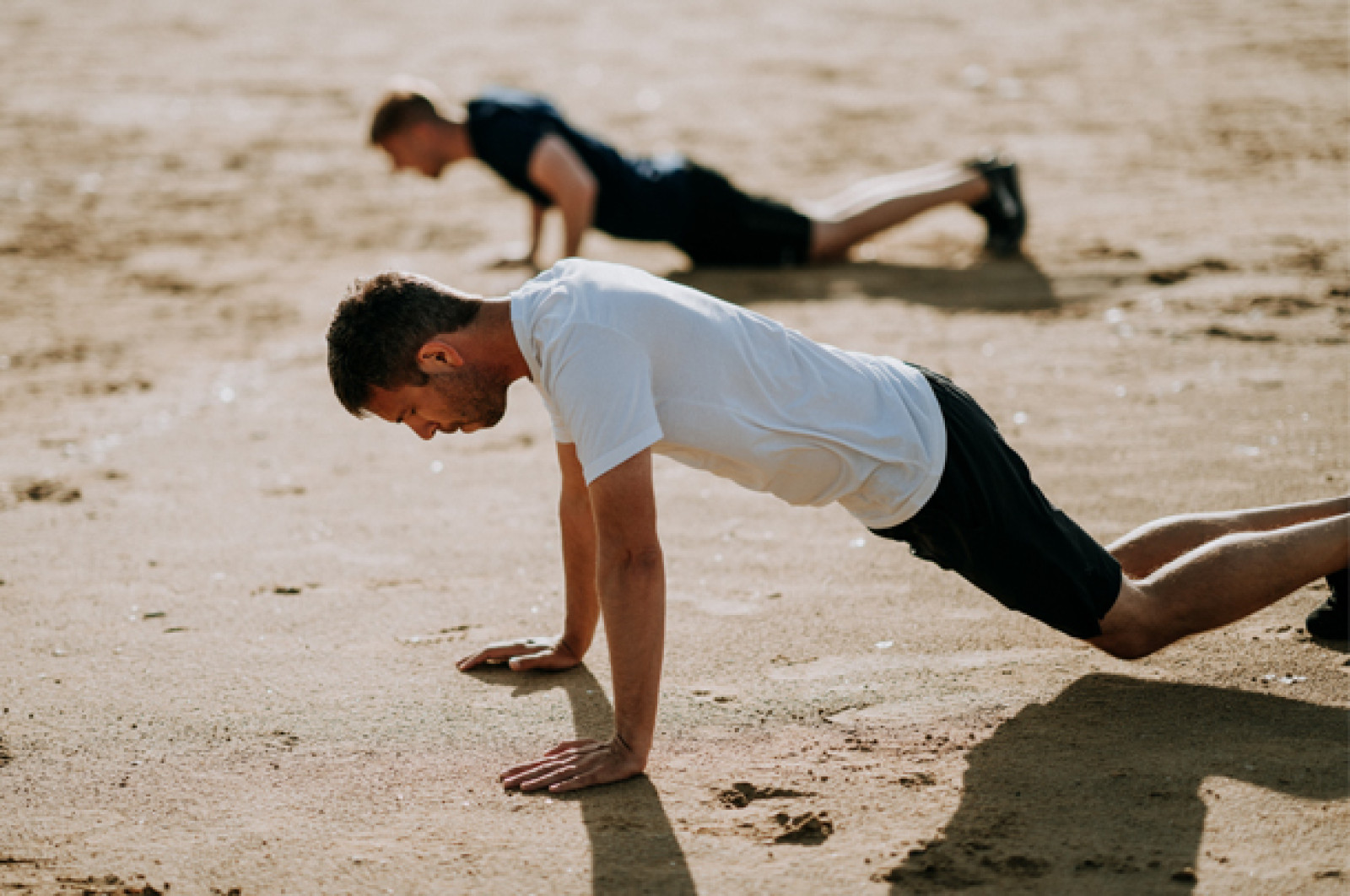Cardiovascular Diseases
High blood pressure when exercising
High blood pressure when exercising It’s normal for your systolic blood pressure (the higher of your two readings, taken when your heart is pumping blood through your body) to increase when you take vigorous exercise. This is because your muscles need more oxygen, so your heart has to work harder to deliver it.

High blood pressure when exercising
It’s normal for your systolic blood pressure (the higher of your two readings, taken when your heart is pumping blood through your body) to increase when you take vigorous exercise. This is because your muscles need more oxygen, so your heart has to work harder to deliver it. Your diastolic pressure, between heartbeats, should not change significantly.
Normal blood pressure is around 120/80 mmHg. It may rise to 140/90 after aerobic exercise such as running or swimming, though this is a ballpark figure as blood pressure varies a great deal from one person to another. It should then return to normal after a few hours. If your systolic pressure rises above 200 mmHg as a result of vigorous activity, this is known as exercise hypertension. It may indicate a problem, and you should obtain medical advice.
Of course, regular exercise also helps to reduce the risk of high blood pressure. It strengthens your heart and makes it more efficient at keeping your body supplied with blood. That said, if you have hypertension, you should avoid high-intensity workouts that may place too much strain on your heart: again, if in doubt, ask a doctor.
References:
www.healthline.com/health/blood-pressure-after-exercise
www.express.co.uk/life-style/health/968332/high-blood-pressure-symptoms-hypertension-exercise-worst-interval-training